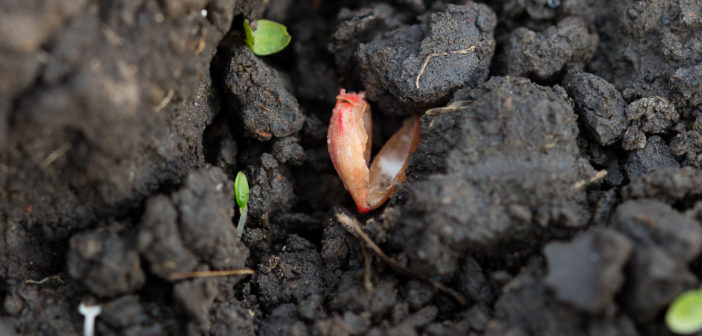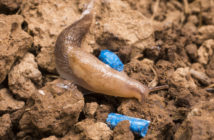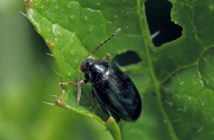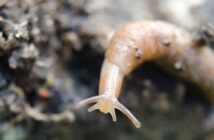In the first autumn without the insecticide seed treatment Deter, growers should place added emphasis on seed-bed quality, says agronomy group Hutchinsons.
While it was primarily used to protect cereal crops from barley yellow dwarf virus (BYDV), Deter also had a repellent effect against slugs around treated seed, reducing feeding and the subsequent hollowing which can compromise establishment.
According to Hutchinsons’ technical manager Dick Neale, seed hollowing is often the result of poor cloddy seed-beds, which growers using Deter could get away with. That is no longer the case.
“Now growers need to think about cultural methods, which includes addressing seed-bed quality,” he said, adding that slug control is about a good, friable seed-bed and good seed-to-soil contact to limit movement.
“In direct drilling systems, there is still a “seed-bed” where the tine or disc coulter has worked and, if using tine drills, operators should ensure soil is adequately reconsolidated behind the tine to limit slug movement down the row.
“Similarly, if using a disc-based direct drill, the slot opened up by the coulter should be closed to seed depth and not just on the surface. Otherwise, slugs get in the crevice and will just follow the seed down the row.”
High risk situations arise in plough and deep non-inversion systems where a loose, cloddy structure is created on heavier soils allowing free movement of slugs through the profile and around seed.
“This is where shallow non-inversion tillage can help reduce pressure, damaging eggs and exposing adults and juveniles to predation on the surface,” said Mr Neale. “In shallow systems, you can get good tilth and a well consolidated seed-bed, that is brilliant for controlling slugs.”
Trap and treat
In addition to cultural methods, Herefordshire agronomist Antony Wade advises monitoring with traps in stubbles or cultivated ground ahead of establishment and treating with a ferric phosphate-based pellet immediately after drilling if slug risk is identified.
“I have moved over to ferric phosphate from metaldehyde over the last two years and have been very happy with its performance.” he said, adding that there are no concerns when using the product around watercourses.
“I would recommend going with a premium pasta-based type, as the pellets are much more resilient in wet conditions,” he said.
This durability may be needed according to Certis western regional technical manager Geoffrey Bastard, who says a wet UK-wide forecast in the final week of September is likely to increase slug pressure considerably.
“Sluxx HP pellets contain an anti-mould agent, which will maintain palatability and protect the crop, even after periods of heavy or prolonged rainfall,” he said. “Keep monitoring after initial applications, as follow up treatments will be needed where slug risk remains high.”




